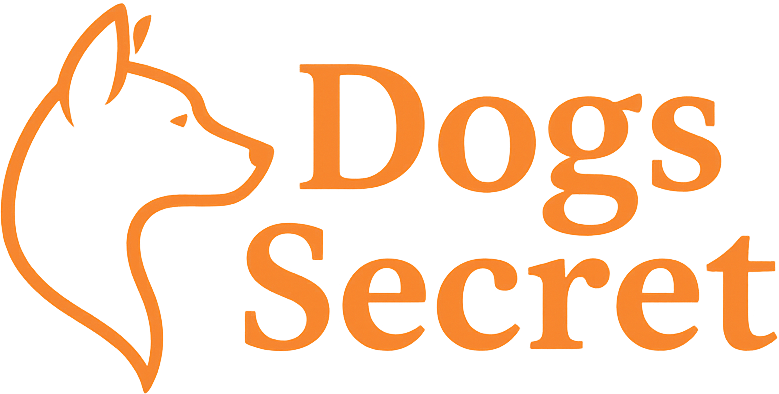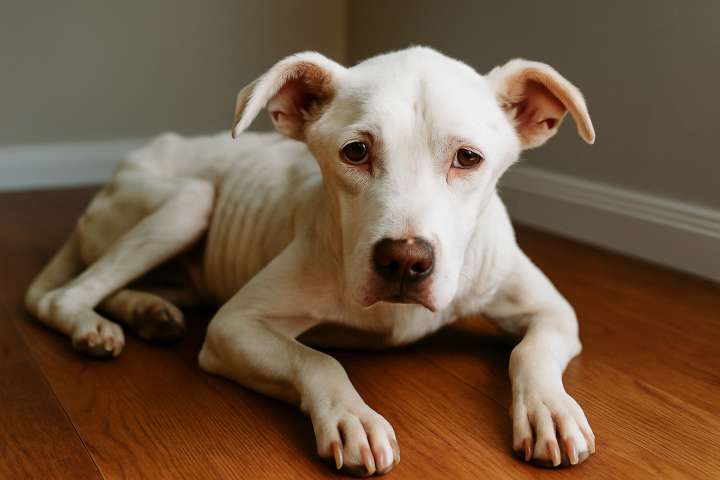Just like humans, dogs need balanced, high-quality nutrition to stay healthy, energetic, and free of disease. But not all dog foods are created equal—and poor nutrition can lead to visible (and invisible) health problems over time.
In this guide, we’ll walk you through the most common signs of poor nutrition in dogs, what causes them, and how to fix the issue with the right diet, supplements, and care.
Why Nutrition Matters
Food isn’t just fuel—it’s the foundation of your dog’s:
- Immune system
- Muscle and bone development
- Coat and skin health
- Energy levels
- Organ function
- Lifespan
A poor diet can silently sabotage your dog’s well-being, even if they seem “fine” on the outside.
10 Warning Signs of Poor Nutrition in Dogs
❗ 1. Dull, Dry, or Brittle Coat
A healthy dog’s coat should be shiny, soft, and smooth. A rough, flaky, or shedding coat can indicate:
- Lack of essential fatty acids (Omega-3, Omega-6)
- Protein deficiency
- Low-quality or imbalanced food
❗ 2. Itchy Skin or Frequent Allergies
Constant scratching, hotspots, or red, inflamed skin may point to:
- Food allergies or intolerances
- Poor-quality ingredients or artificial additives
- Vitamin deficiencies (especially zinc and B vitamins)
❗ 3. Low Energy or Lethargy
If your dog seems tired all the time or avoids play:
- They may not be getting enough calories, protein, or iron
- Blood sugar may be imbalanced due to high-carb, low-protein food
- Hidden illnesses may be aggravated by poor diet
❗ 4. Frequent Digestive Issues
Loose stools, gas, or vomiting are major red flags.
- Low-quality ingredients, fillers, or too many carbs
- Lack of prebiotics/probiotics
- Inadequate fiber
A healthy dog should have firm, regular stools and no chronic digestive upset.
❗ 5. Weight Loss or Obesity
Both sudden weight loss and unexplained weight gain can signal:
- Imbalanced nutrient profile
- Overfeeding low-nutrient food
- Underlying health issues made worse by poor diet
❗ 6. Bad Breath and Dental Issues
Foul-smelling breath, tartar buildup, or inflamed gums can result from:
- Too many soft foods or carbs
- Lack of dental chews or appropriate kibble
- Poor gut and oral microbiome
❗ 7. Ear Infections or Yeast Overgrowth
Recurring ear infections, yeasty smells, or paw licking may point to:
- Excess sugar and carbs in the diet
- Immune system issues linked to poor nutrition
❗ 8. Stunted Growth (in Puppies)
Puppies fed low-quality or inappropriate food may grow too slowly or unevenly.
- Not enough calcium, phosphorus, or protein
- Imbalanced calcium-to-phosphorus ratio
- Incorrect puppy-to-adult food timing
❗ 9. Behavioral Changes
Irritability, nervousness, or poor focus can stem from:
- Nutritional deficiencies affecting brain health
- Blood sugar instability
- Food sensitivities
❗ 10. Frequent Illnesses or Poor Recovery
A weakened immune system is often traced back to poor diet.
- Lack of antioxidants, vitamins A, E, C
- Insufficient zinc and selenium
- Chronic inflammation from low-grade food
❗ 10. Frequent Illnesses or Poor Recovery
A weakened immune system is often traced back to poor diet.
- Lack of antioxidants, vitamins A, E, C
- Insufficient zinc and selenium
- Chronic inflammation from low-grade food
How to Fix Poor Nutrition in Dogs
✅ 1. Upgrade to a High-Quality Dog Food
Look for a food that:
- Lists real meat as the first ingredient
- Is free of by-products, artificial preservatives, and fillers
- Meets AAFCO nutritional standards
- Is appropriate for your dog’s age, breed, and activity level
Veterinarian-recommended brands include:
Hill’s Science Diet, Royal Canin, Purina Pro Plan, Farmina, and Eukanuba
✅ 2. Add Healthy Supplements (if needed)
Look for a food that:
- Lists real meat as the first ingredient
- Is free of by-products, artificial preservatives, and fillers
- Meets AAFCO nutritional standards
- Is appropriate for your dog’s age, breed, and activity level
Veterinarian-recommended brands include:
Hill’s Science Diet, Royal Canin, Purina Pro Plan, Farmina, and Eukanuba
✅ 3. Improve Digestibility
Even high-quality food can be hard to digest if:
- It’s suddenly introduced
- Your dog eats too fast
- The food has low moisture (consider adding a bit of water or broth)
✅ 4. Feed Consistently and Correctly
- Stick to a regular feeding schedule
- Measure meals accurately to avoid under/overfeeding
- Limit treats to 10% of daily intake
- Avoid human foods unless vet-approved
✅ 5. Consult Your Vet for Personalized Guidance
If your dog shows persistent symptoms despite dietary changes, seek veterinary support. They may recommend:
- A prescription diet
- Allergy testing
- Bloodwork to check nutrient levels
Conclusion
Your dog’s health starts with what you put in their bowl. If you’ve noticed signs of poor nutrition, don’t ignore them—addressing diet early can prevent serious health problems later.
Want a free checklist of symptoms or help comparing dog foods? Visit our Canine Nutrition Hub to access vet-reviewed tools and feeding guides.

